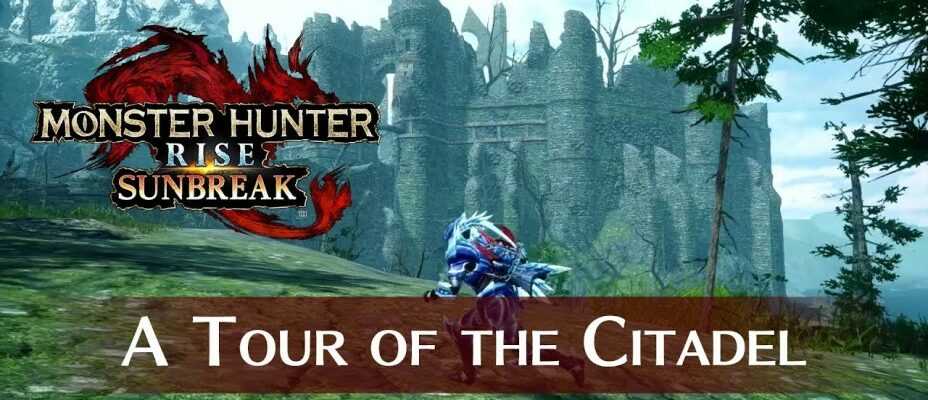MH Rise Sunbreak: Explore the Citadel, the new region
Posted
By
Raiden Robin
Capcom has released a video dedicated to discovering the new area of the Monster Hunter Rise expansion. Like the Glorious Fief of MH World Iceborne, it combines different biomes with ice, a foggy swamp, a forest, and especially a ruined castle.
The Sunbreak Monster Hunter Rise expansion introduces a new base, and above all a new region to explore. Described as an old part of the kingdom devastated by monsters, it combines different environments, some of which are new.
The return of the Glorious Fief in Sunbreak?
This new region seems to have been thought of more as the ideal setting for the expansion’s story. Players have generally gotten a little tired of the different base regions, and as seen in Iceborne, forcing players back to “old” regions to face all the old monsters that are now Master rank is a bit boring. The advantage, when a region combines several biomes, is that it is possible to place almost any monster there. It also allows you to group monsters that usually do not have contact. For example, the monsters in the Ice Region of Rise includes several exclusive monsters like the Goss Harag and the Barioth, but you never encounter them anywhere else, not even in Calamity mode, which is also a bit of a shame. The Citadel will certainly allow them to face other monsters. The biome leveling system was not mentioned, hopefully it won’t be back.
Unfortunately, this region with several biomes seems to indicate that Capcom is not going to introduce many large maps in the extension. There may be an extra to surprise players later, but don’t expect more. The limits of the Switch mean that the map has a limited size, it is possible that the map only includes 2 or 3 biomes, and not 4 or 5 as the Glorious Fief did. It is therefore possible that Capcom creates two or three multi-biome maps in order to have different mixtures that group all the biomes, but this is only a hypothesis.
